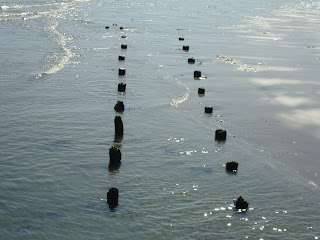Jared Halzel
"Support of Red Sox."
Bre Greene
"Remembrance of family."
Kristina Petrie
"Does not know how to take it off."
Stan Costa
"Blue is for support of Police, Yellow is remembrance of teacher who died, and Red is connection between him and the other Orientation Leaders."
Chase Marr
"Save the ta-tas is for breast cancer and the Spirit one is for children."
Brittni Peck
"Fashion piece bought in St. Maarten."
Katie LaHive
"Just something bought at Warped Tour."
Brendan Riley
"NASCAR remember day with day."
Wesley Adams
"Gift from his brother and has a cross on it for his religion."
Mike Donovan
"Support of Red Sox."
Dominick Farbo
"Remembrance of Orientation and friends who made them for him."
Meagan Tolley
"Remembrance of family members who bought her the charms."























